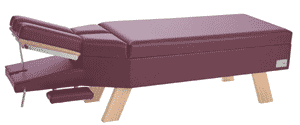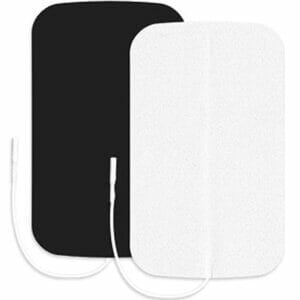Share:

What to Know: The Benefits of an Aneroid Sphygmomanometer
There are two types of sphygmomanometers—the mercury sphygmomanometer and the aneroid sphygmomanometer. Both types of sphygmomanometers are accurate when used properly. However, mercury sphygmomanometers are being phased out due to the health hazards posed by mercury exposure.
The aneroid sphygmomanometer is a newer device that uses a spring-loaded mechanism instead of mercury. It consists of a small, round dial attached to a rubber bulb. The dial is calibrated in mmHg.
The cuff is wrapped around the upper arm and inflated by squeezing the rubber bulb. The pointer on the dial rises as the cuff inflates and falls as the cuff deflates. The systolic and diastolic blood pressures are read at the points where the pointer stops rising and falling.
In today’s article, let’s take a closer look at the aneroid sphygmomanometer and why you should consider getting one. Here’s what you need to know:
Why You Should Get an Aneroid Sphygmomanometer
There are many benefits of using an aneroid sphygmomanometer. One benefit is that it is a non-invasive way to measure blood pressure. This means there is no need to puncture the skin or use any needle. Another benefit is that it is a quick and easy way to measure blood pressure. This is important because it can help catch any blood pressure changes early.
Another benefit of using an aneroid sphygmomanometer is that it is relatively inexpensive. This is important because it means that it is accessible to many people. It is also easy to use, which means that it can be used by people who need to be trained in medical procedures.
Overall, an aneroid sphygmomanometer is a safe, quick, and easy way to measure blood pressure. It is also relatively inexpensive, which makes it a good option for many people.
What to Know When Using an Aneroid Sphygmomanometer
An aneroid sphygmomanometer is a device used to measure blood pressure. It consists of a cuff placed around the upper arm and a mercury manometer, a tube containing mercury attached to the cuff.
The cuff is inflated to a certain pressure and then slowly released. As the cuff pressure decreases, the mercury manometer will rise. The point at which the mercury manometer starts to rise is the systolic blood pressure, and the point at which it reaches its highest point is the diastolic blood pressure.
Keep the following in mind:
- Make sure the cuff is the correct size for the person’s arm. The cuff must be bigger to provide an accurate reading.
- Place the cuff on the upper arm, about 2 inches above the elbow. The cuff should be snug but not so tight that it cuts off circulation.
- Pump the cuff up to a pressure of about 180 mmHg.
- Slowly release the pressure, and watch the mercury manometer. The systolic blood pressure is the point at which the mercury manometer first starts to rise, and the diastolic blood pressure is the point at which it reaches its highest point.
The Bottom Line
An aneroid sphygmomanometer is a device that is used to measure blood pressure. It comprises an inflatable cuff, a mercury or aneroid manometer, and a stethoscope. Aneroid sphygmomanometers are less expensive than digital blood pressure monitors and are portable. They are easy to use and maintain and can be used in various settings.
Chiro1Source offers the chiropractic profession the best source for all its supply needs! Ordering supplies does not need to be a burden or an unwanted chore. If you are looking for a reliable chirosource, we can help you. Contact us any time for help with your order!





